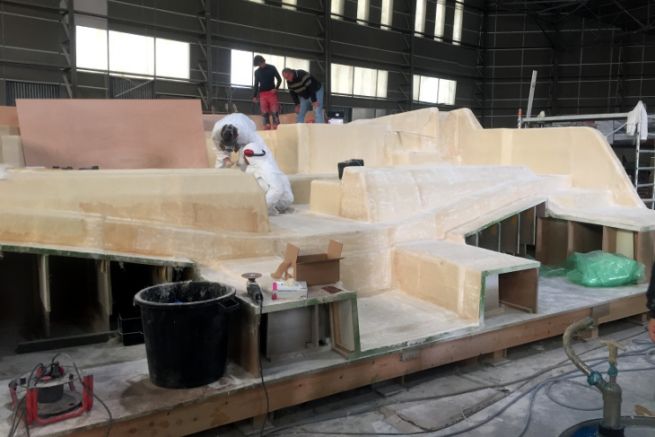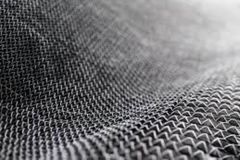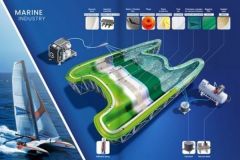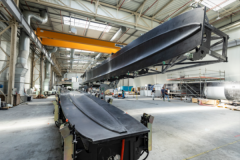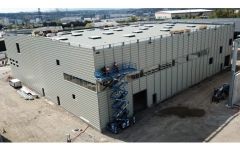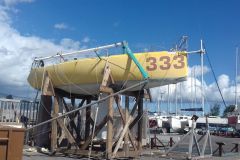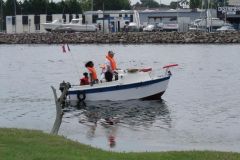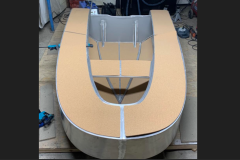A guide to recycling and eco-design of composites
At the initiative of ADEME and three French industrial technical centers active in the sector, the Technical Center for Mechanical Industries (CETIM), the French Institute for Textiles and Clothing (IFTH) and the Industrial Technical Center for Plastics and Composites (IPC), a study was conducted on the uses of composite materials, their recycling and their integration into product design. With the support of representatives of the user sectors, including the nautical industry, which accounts for 4% of composites in France, with the Fédération des Industries Nautiques (FIN) and the Association pour une Plaisance Eco-Responsable (APER), an eco-organization in charge of the dismantling of pleasure boats, this work led to the publication of the GREC or Guide for the Recycling and Ecodesign of Composites, available free of charge in a summary or detailed version on the ADEME website.
Estimation of deposits
The document gives an update on the amount of composite waste to be recycled by sector. Interesting data on the objectives of the nautical sector are detailed with a target tonnage of 4000 T of composites to be treated by APER in 2024, the average rate of composite in the mass of treated boats reaching 65%.
Revaluation
A series of case studies allows us to take stock of the different possible uses of composites on the market. From reuse to storage, through reuse, companies are presented. Innovations are listed and eco-design approaches are specified.
The conclusions of the guide remain cautious and emphasize the difficulty for the moment of finding an economic balance for low value-added materials such as fiberglass, while techniques are emerging for carbon composites.
The document has the merit of giving the actors an overview of the situation.

 /
/ 